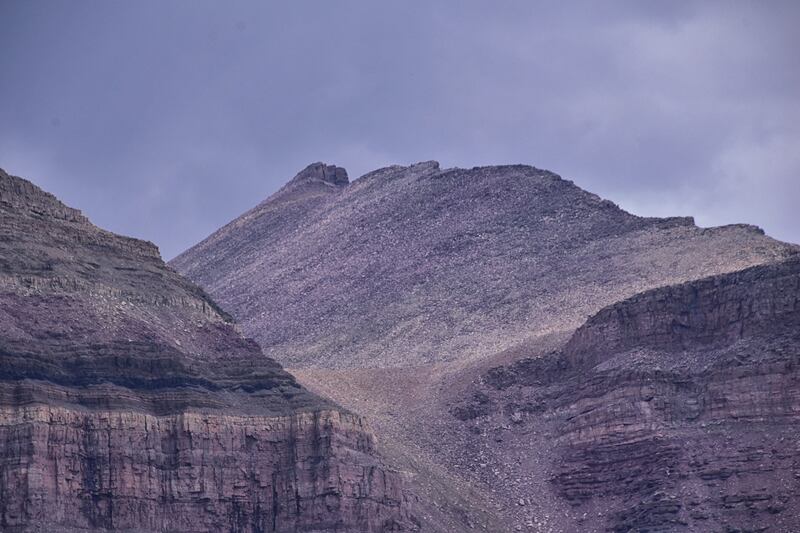Utah’s highest peaks could receive their first snow of the season through a low-pressure system making its way into the state to close out the workweek.
And even if that doesn’t happen, the storm will at least signal the changing of the seasons.
First mountain snow of the season?
Some additional pop-up showers and thunderstorms in northeast Utah are expected Thursday afternoon, before the low-pressure system that had been parked along the Gulf of Alaska moves into Utah via the Pacific Coast, KSL meteorologist Matt Johnson said. Weather models have been less optimistic about the moisture it could provide by the time it reaches Utah, but it could provide some additional mountain showers on Friday.
More precipitation is likely on Saturday in the Wasatch and Uinta mountains, and across parts of southeast Utah. Models hint that some light snow showers could develop in the mountains by Saturday afternoon.
“It’s most likely to happen in the northern mountains. ... There’s the potential to get a little bit of snow in the High Uintas, maybe the tops of the (Cottonwood Canyons) and some of our highest peaks in northern and northeast Utah,” Johnson said.
The National Weather Service’s models updated on Thursday give Kings Peak — Utah’s tallest peak — an 80% chance of collecting at least a trace of snow by early Sunday. Other peaks nearby may also receive a brushing of snow.
Utah’s mountains typically start receiving at least a brushing of snow beginning in September, Johnson said. Last year’s first mountain snow arrived on Sept. 17, while a Labor Day storm in 2023 provided much more than a brushing for the state’s mountains.
Weather models also indicate that the system won’t provide much precipitation along the Wasatch Front and northern Utah. Parts of central and eastern Utah are expected to receive the most moisture out of the system, with a quarter to a half-inch of rain possible in areas like Price, Moab and Blanding by late Saturday.
Cooler temperatures forecast
A modest temperature change might be the storm’s biggest impact, especially along the Wasatch Front and northern Utah.
Although it’s already meteorological fall, it hasn’t felt like it just yet. Salt Lake City reached a high temperature of 92 degrees on Wednesday, falling just shy of a daily record. High temperatures have been several degrees above normal this week as well.
Temperatures are currently forecast to top out in the mid-to-upper 70s across the Wasatch Front and northern Utah on Friday and Saturday after the system moves through, which would mark just the second or third time Salt Lake City failed to reach 80 degrees since June 24. They’re expected to remain in the upper 70s and low 80s into at least the start of next week, lining up more with what’s normal for mid-September.
Long-range models suggest another storm could arrive in Utah by the end of next week, potentially helping with drought conditions. Utah’s drought situation improved somewhat in the U.S. Drought Monitor report released on Thursday, but 78% of the state remains in severe or extreme drought, and the rest remains in at least moderate drought.
Full seven-day forecasts for areas across Utah are available online at the KSL Weather Center.

